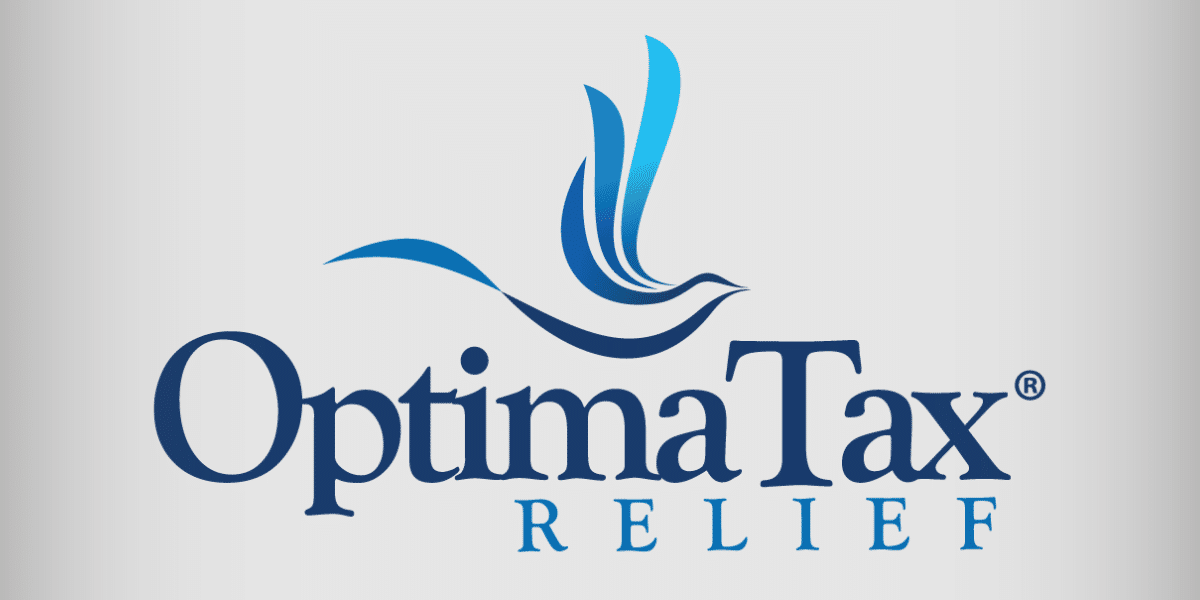The IRS has recently released a series of frequently asked questions (FAQs) regarding educational assistance programs, aiming to clarify how these programs operate under Section 127 of the Internal Revenue Code. These FAQs provide essential information for employers and employees who seek to comprehend the tax implications of educational benefits. Optima Tax Relief reviews the most commonly asked questions about education assistance programs, offering a comprehensive understanding of their structure, benefits, and tax considerations.
What are Education Assistance Programs?
Educational Assistance Programs are employer-sponsored plans that offer financial support to employees for education-related expenses. These programs are designed to enhance the skills and knowledge of employees, thereby benefiting both the employer and the employee by fostering a more educated and capable workforce. Notable examples of such programs include Amazon’s Career Choice Program, which provides prepaid tuition for courses in high-demand fields and covers related costs like fees and textbooks, and Starbucks’ College Achievement Plan, which offers full tuition coverage for employees pursuing a bachelor’s degree through Arizona State University’s online program.
What are Education Assistance Benefits?
Education assistance benefits can take various forms, including tuition reimbursement, student loan repayment assistance, scholarships or grants, and professional development opportunities such as certifications. It is important to note that these benefits do not cover expenses related to meals, lodging, transportation, or courses involving sports, games, or hobbies unless specific conditions are met. Additionally, the benefits cannot be used for tools or supplies that have utility beyond the educational program, such as a new laptop.
How Much Education Assistance Benefits Can Be Excluded from Income?
Under Section 127 of the Internal Revenue Code, employees can exclude up to $5,250 per year in educational assistance benefits from their taxable income. This means that if an employer provides educational assistance up to this amount, employees do not have to pay federal income tax on these benefits, and they will not be included in their gross income. Any amount above this limit is generally taxable and must be included in the employee’s gross income unless other exclusions apply.
Can Employers Reimburse Employee Student Debt?
Under the CARES Act, employers are allowed to offer student loan repayment assistance as a tax-free benefit. To qualify, employees must have incurred qualified student loans, which typically include federal and private education loans used to cover higher education expenses. Employers can choose to make direct payments to the loan servicer or reimburse employees for payments they have made. This provision provides significant financial relief for employees burdened with student debt, while also serving as an attractive benefit for potential recruits.
Maximizing the Benefits of Education Assistance Programs
Educational assistance programs are valuable tools for employers aiming to attract and retain talent by investing in their workforce’s education and development. These programs not only enhance employee skills and knowledge but also offer significant financial relief for employees pursuing further education without the burden of increased taxable income.
The IRS FAQs provide much-needed clarity on the administration and benefits of these programs, ensuring that both employers and employees can maximize their benefits while remaining compliant with tax laws. By understanding the nuances of educational assistance programs, employers can better support their employees’ educational goals, and employees can take full advantage of the financial support available to them.
Optima Tax Relief emphasizes the importance of staying informed about these programs and encourages both employers and employees to consult with tax professionals to fully understand their options and obligations. As the landscape of educational assistance continues to evolve, staying up-to-date with IRS guidelines and leveraging these programs effectively can lead to significant benefits for all parties involved.
Published by: Holy Minoza

















